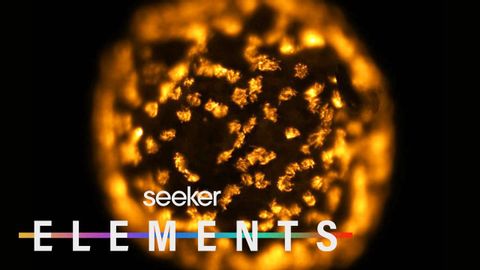世界上第一個 "活的 "機器人剛剛得到升級,迎接Xenobot 2.0 (The World’s First “Living” Robots Just Got an Upgrade, Meet Xenobot 2.0)
Summer 發佈於 2021 年 06 月 07 日  沒有此條件下的單字
沒有此條件下的單字US /səbˈskraɪb/
・
UK /səb'skraɪb/
US /ˌɪndəˈvɪdʒuəl/
・
UK /ˌɪndɪˈvɪdʒuəl/
- n. (c.)個人;單個項目;個體;個人賽
- adj.個人的;獨特的;個別的;獨特的
- adj.巨大的;大而重的;大量的;厚重的;大規模的
US /ˈprɑsˌɛs, ˈproˌsɛs/
・
UK /prə'ses/
- v.t.用電腦處理(資料);(依照規定程序)處理;處理;流程;加工;理解
- n. (c./u.)(規定的)程序;過程;進程;方法;法律程序;進程
